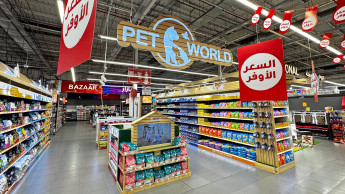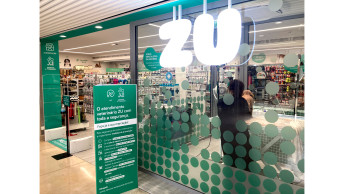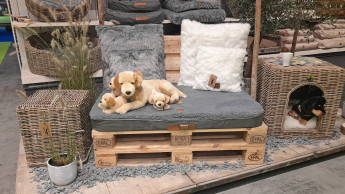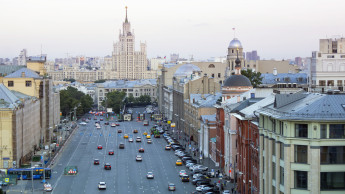During the 1990s, garden ponds enjoyed a boom in Great Britain, the Benelux states and Germany, and in recent years the growth rate for new ponds in these countries has tended to be modest. In spite of this, sales in the sector are still increasing, primarily due to more sophisticated equipment, new decorative articles and innovative care products. The growth rates achieved are by no means as high as in countries in which garden ponds are still a novelty, however. These countries include in particular the nations of eastern and central Europe, in which the garden pond business is currently making outstanding progress, according to industry experts. Potential for development still exists in France and Spain too.
Low drop-out rate
The reason for the continuing growth of the outdoor water feature segment even in highly developed garden pond markets is that, due to the high set-up costs, the drop-out rate among garden pond owners is negligible. In this they differ considerably from many freshwater aquarium hobbyists, who give up fish-keeping after just a few months. The typical garden pond enthusiast starts out on a small scale and then progresses to a larger pond a few years down the line. This entails new purchases, starting out with better accessories and more fish and extending to the acquisition of expensive statuary, high-quality bridges and waterfalls for a more adventurous touch. The rule of thumb among koi keepers is that you don't get it right until you're onto your third pond.
People with garden ponds normally have money to spend and they invest heavily in their private oasis. They often belong to the over-65s age group, which traditionally has a high level of affinity with the garden. Creating a stronger appeal to pond enthusiasts is thus a rewarding task for pet product retailers, but in many countries they yield this business too easily to DIY stores and garden centres, or to specialists.
KHV puts the brakes on sector growth
The increasing spread of KHV has acted as a strong deterrent to greater investment in the garden pond segment in the last year, however. Although the disease was limited to a small number of exporting countries a few years ago, it must now be stated that no koi-producing country, even Japan, can now be regarded as safe.
The consequence of this for the speciality trade is that it would be well advised to obtain its stock from a single wholesaler. It would then be possible in the event of an…

 Menü
Menü






 3-4/2008
3-4/2008












 Newsletter
Newsletter